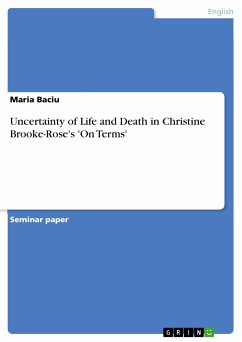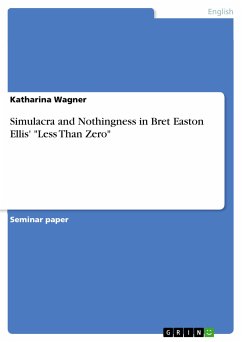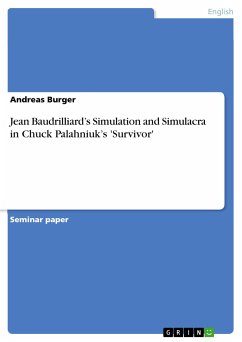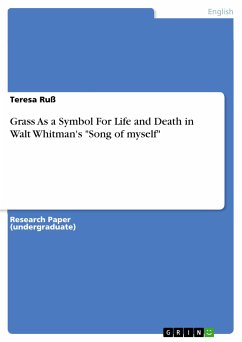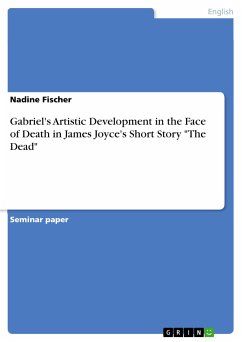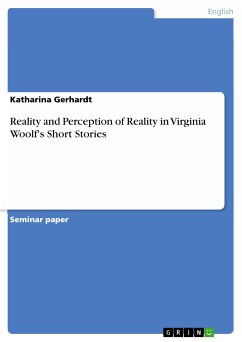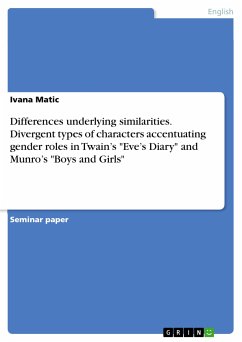Seminar paper from the year 2014 in the subject English Language and Literature Studies - Other, grade: 1,3, LMU Munich, course: Postmodern and Contemporary Short Fiction, language: English, abstract: A common practice among contemporary authors has been the exploitation and, concomitantly, the questioning of other fields of discourse than the literary one. This practice developed as an attempt to oppose nineteenth century Realism, defying thus the essential concept of truth of representation. This opposition can be observed especially in the unreliability of the characters as regards their vision or perception of the world. The involvement of a mediating consciousness or mediating language of the fictional character becomes thus responsible for altering the veridicity of the narration and for creating the so called suspension of disbelief. The short story 'On Terms' written by Christine Brooke-Rose was published in the collection 'Go When You See the Green Man Walking' in 1970, and it is an experimentalist, ultra-modern piece of literature in structure, ideas and technique. Brooke-Rose has always managed to displace herself from any genre, any national tradition or literary context by using a highly innovative overlap of different fields of knowledge. This story features the discourse of astrophysics as an organizing metaphor of the surrounding world and of the character's identity. The uncertainty that is cast upon the ontological status of the character, the difficulty of drawing a line between what is real (within the fictional world, of course) and what belongs to the imaginary, remains the reader.s responsibility concerning the text and the disclosure of its true message. This paper will deal with the scientific discourse as an element fundamental to creating a semblance of truth, the language of astrophysics being the driving force that shapes the instability of the character's ontological status. Christine Brooke-Rose uses the paradoxes inherent in science to create a universe of instability which is strongly held together by the use of language. Not only the jargon of astrophysics but also various post-modernist narrative techniques serve here to stage a doubtful representation of truth and to illustrate the ambiguity of a character at a crossroads of life and death.
Dieser Download kann aus rechtlichen Gründen nur mit Rechnungsadresse in A, B, BG, CY, CZ, D, DK, EW, E, FIN, F, GR, HR, H, IRL, I, LT, L, LR, M, NL, PL, P, R, S, SLO, SK ausgeliefert werden.

